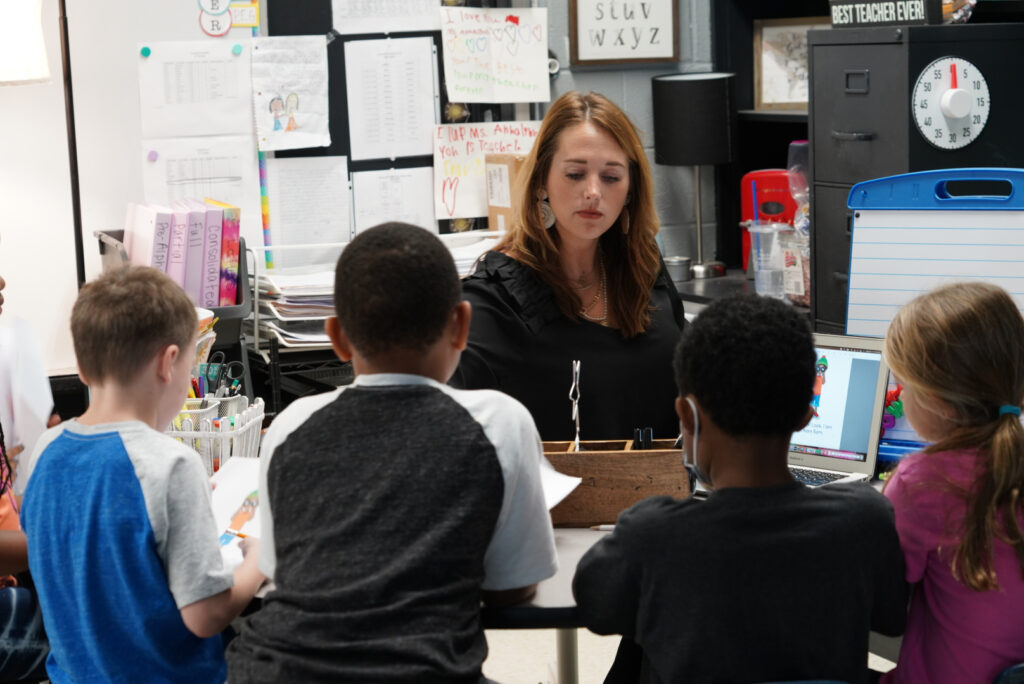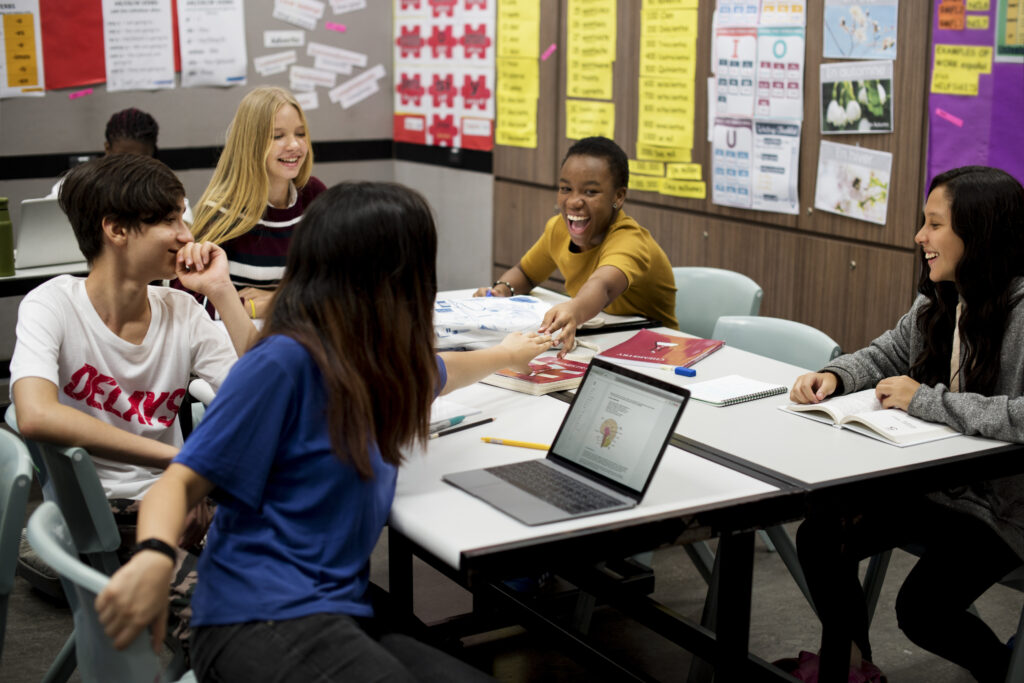
Preparing high-quality lessons
This is part 2 of a 3-part series focused on effective practices for teacher collaborative planning—otherwise known as professional learning communities (PLCs). Check out part 1, Unlocking the Power of Unit Internalization, and subscribe to our mailing list to have part 3 delivered straight to your inbox.
Effective PLCs provide teachers with the time and space they need to prepare to continually improve their practice—ideally with colleagues in the same grade band, using the same materials.
Once teachers have identified the unit-level learning goals and pinpointed the key lessons that will have the most impact on those goals, they can dive into the detailed process of lesson preparation.
What is lesson preparation?
Lesson preparation is the process by which teachers study an upcoming lesson to deeply understand what students are expected to learn and how students will be assessed.
Why is lesson preparation important?
Lesson preparation provides teachers with hands-on experience with the lesson material before delivering it live to students—closing the gap between understanding the curriculum at a high level and effectively implementing it in the classroom.
As part of the process, teachers can practice challenging instructional moves with each other, anticipate possible student questions and misconceptions, and make any needed adjustments to the materials to support their students’ specific learning needs.
How can you support effective lesson preparation?
Here are four steps you can take to implement or strengthen lesson preparation during collaborative planning time:
Review the curricular materials for each content area
- For each grade level and content area that will be engaging in the process, familiarize yourself with the lesson structure of the respective curricular materials.
- Consider the aspects of the lessons’ structures that feel most valuable to explore together as a community.
- Review the lesson preparation materials provided in your curriculum.
Adopt and refine a protocol
- Consider schoolwide instructional improvement needs, teacher needs, the structure of your materials, and time constraints to determine the aspects of lesson preparation that teachers will do collaboratively vs. independently. Here are sample protocols for math and ELA to get you started.
Provide clarity around pre-work expectations
- Determine what pre-work is reasonable based on your team’s capacity and its support needs.
- Based on decisions made around what work will be done collaboratively vs. independently, provide clear expectations for what teachers/facilitators should have done in advance of lesson preparation meetings (e.g., read the text[s], complete the lesson’s exit tickets).
- Discuss and agree on concrete deadlines for pre-work so that all teachers and facilitators can meaningfully engage when meeting; revisit those proposed timelines with teachers as needed.
- Provide a completed example of the quality and depth that you are expecting from the pre-work to ensure that teachers and facilitators are clear on expectations. For example, check out this completed ELA protocol , pp. 11–17.
Monitor effectiveness
- Review artifacts (e.g., examples of teachers’ lesson preparation annotations/materials).
- Monitor impact on instruction by observing classrooms. If you don’t already have an instructional rubric in place, you can adapt and use these content-specific classroom observation tools.
- Monitor progress toward intended outcomes for lesson preparation.
Remember that context matters
When it comes to teaching and learning, we know that there is never a one-size-fits-all strategy for improvement. As you plan to take the actions above, it’s useful to consider the particular context of your school.
The guiding questions below can help you think through how you might adjust actions to meet your team’s specific needs:
- Does your school have the right conditions in place for collaborative planning to be successful?
- What is the team’s familiarity with lesson preparation as a practice? Has it been successful or challenging in the past? How will that impact your current work?
- What is the team’s knowledge of grade-level standards? Is there more you need to support to ensure that lesson preparation builds content knowledge for teachers and leaders?
- What is the team’s knowledge of the curriculum? Is there any foundational training you need to add to the plan?
With these action steps and guiding questions, leaders can create the conditions for teachers to engage in meaningful preparation for every lesson—empowering them to effectively support student learning with purposeful instructional practices.
Explore the Professional Learning Conditions and Practices for more action steps, guiding questions, and resources to help.
Takeme
there


